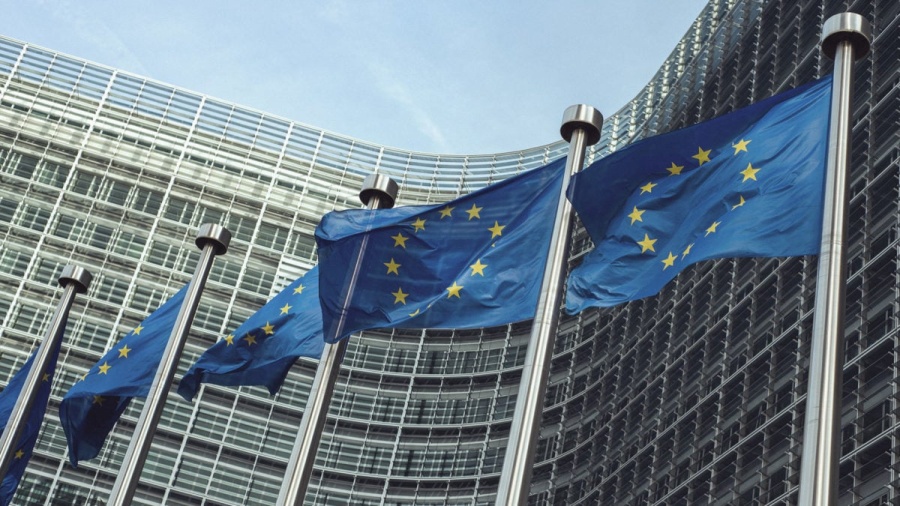The European Union (EU) is setting new guidelines under its Markets in Crypto-Assets (MiCA) framework to ensure better regulation of stablecoins. On March 13, the EU proposed draft standards aimed at guiding issuers of stablecoins on how to handle complaints more efficiently and fairly. This move seeks to enhance the integrity of the market and protect retail holders of Asset Reference Tokens (ARTs), a category within stablecoins that includes those pegged to multiple fiat currencies or other assets.
🆕 #EBA final draft Regulatory Technical Standards (RTS) under #MiCAR 📜🔍
These set out the requirements, templates and procedures for handling complaints received by issuers of asset reference tokens (ARTs) 🗂️📝https://t.co/yT3pSGSowh pic.twitter.com/DvycTm2MqI
— EU Banking Authority – EBA 🇪🇺 (@EBA_News) March 13, 2024
Crafted by the European Banking Authority (EBA) and the European Securities and Markets Authority (ESMA), these Regulatory Technical Standards (RTS) emerged from months of collaboration and public consultation. The aim is to create a regulatory environment that fosters innovation and competition while safeguarding participants in the crypto market.
Ensuring Consumer Protection and Market Integrity
The RTS outlines specific procedures and standards for stablecoin issuers, focusing on resolving complaints by ARTs holders promptly and equitably. The guidelines are part of broader efforts to regulate the stablecoin sector more effectively, especially in the wake of incidents like the Terra Luna UST collapse that highlighted potential risks to the financial system.
The regulatory framework is scheduled for submission to the European Commission by the end of June, followed by reviews from the European Parliament and the European Council. Once approved, these standards will be published in the Official Journal of the European Union, marking them as official EU regulations.
Additionally, the MiCA regulatory framework distinguishes between different types of stablecoins, including ARTs and those linked to a single currency. It also includes provisions for rigorous screening of shareholders and board members of crypto asset service providers (CASPs) to prevent misuse of customer funds. This is part of a wider initiative to ensure transparency and security in the handling of customer assets, avoiding the pitfalls seen in previous high-profile crypto company failures.
With full implementation expected by December, the MiCA legislation represents the EU’s commitment to establishing a clear and comprehensive regulatory framework for the cryptocurrency market. This summer’s anticipated launch of stablecoin regulations underscores the EU’s proactive stance in addressing the complexities of digital finance and ensuring a stable, secure future for crypto assets and their users.



